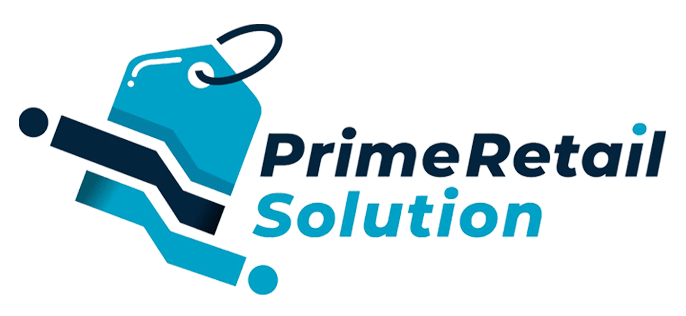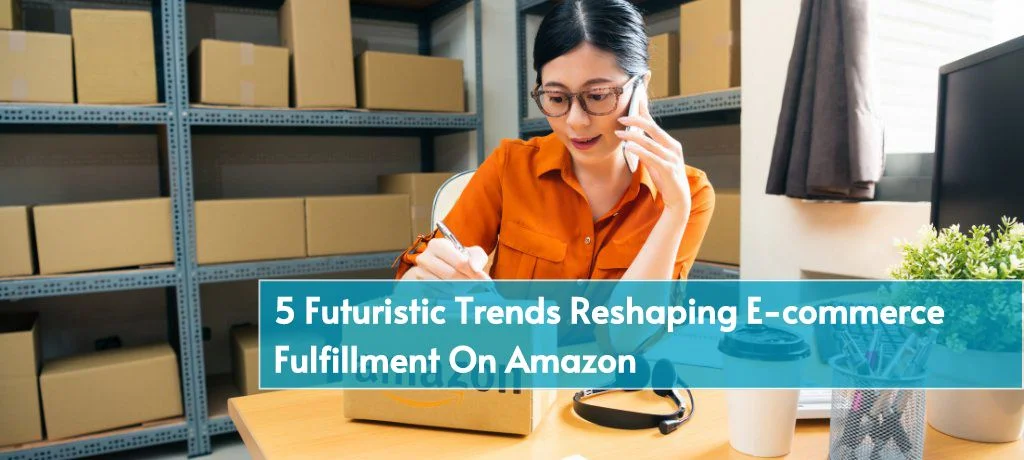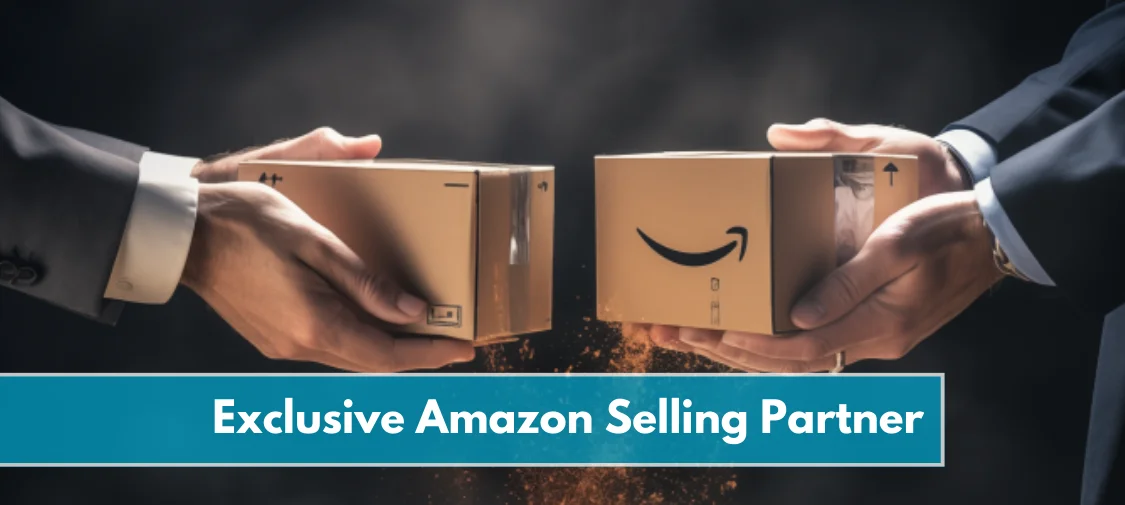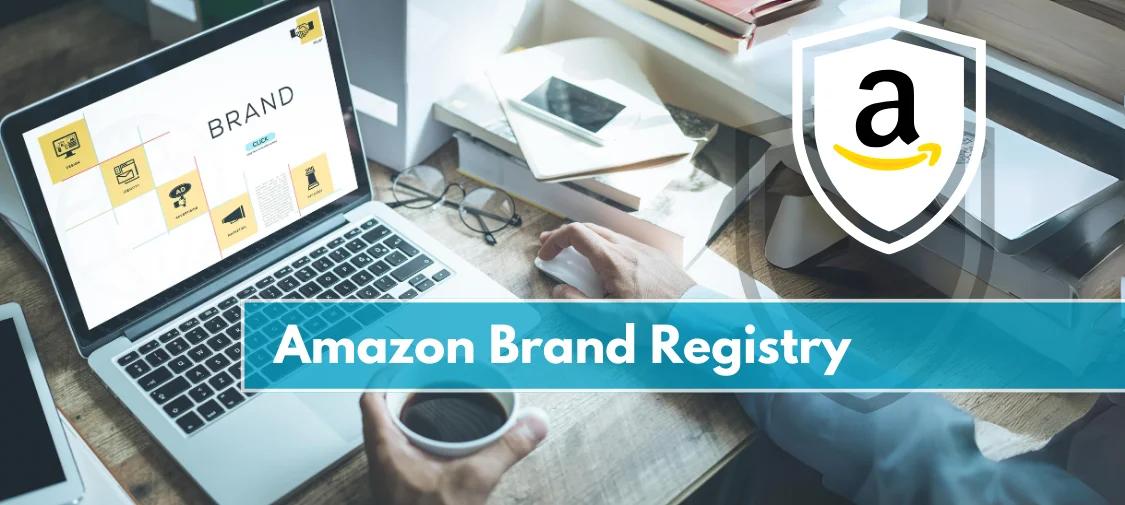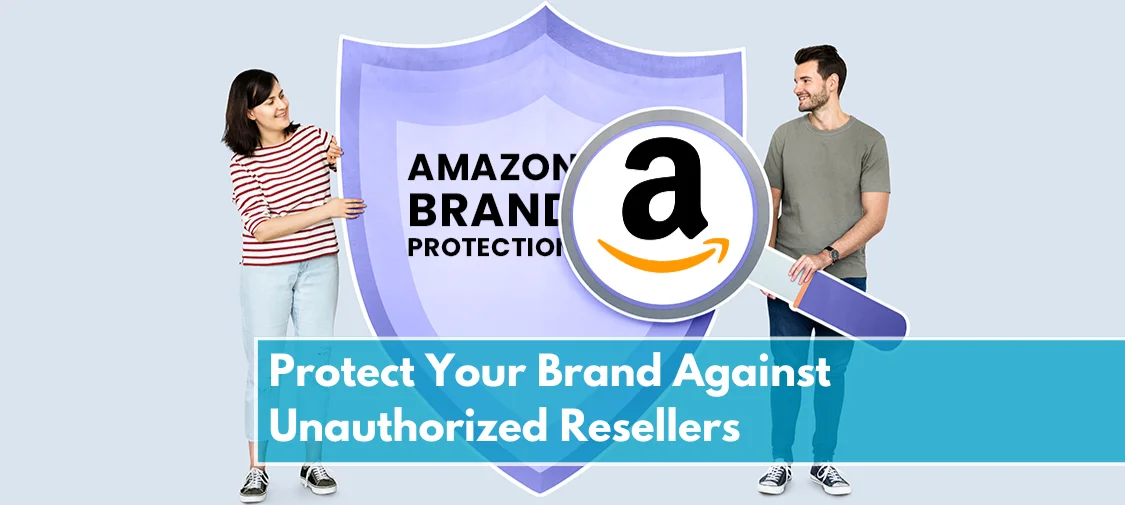Amazon
5 Futuristic Trends Reshaping E-Commerce Fulfillment On Amazon
Ecommerce fulfillment, the intricate process that transforms online clicks into delivered packages, is rapidly becoming a top concern for retailers. This behind-the-scenes magic ensures your online shopping experience runs smoothly, from storing and picking products to packing, shipping, and delivering them directly to your doorstep.
Imagine this: you’re among the millions who regularly click “Add to Cart” on Amazon, sometimes surprised by the sheer volume of packages arriving weekly. The convenience of online shopping, particularly on Amazon, is undeniable. But have you ever stopped to consider the intricate operations that orchestrate your seamless experience, or how preferred products find their way into your recommendations?
Now, let’s explore what we can expect for running a Fulfilled by Amazon (FBA) business in 2024.
1. Evolving Customer Demands:
Online shoppers are becoming increasingly impatient, demanding ever-faster delivery times. This trend reflects a broader consumer behavior – a constant desire for improvement. As Jeff Bezos famously stated in Amazon’s 2017 shareholder letter.
One thing I love about customers is that they are divinely discontent. Their expectations are never static – they go up. It’s human nature. People have a voracious appetite for a better way, and yesterday’s ‘wow’ quickly becomes today’s ‘ordinary’.
Jeff Bezos
This reality is particularly evident in e-commerce fulfillment speeds. Five years ago, the average click-to-delivery timeframe was considered acceptable at 5.7 days. Today, that expectation has shrunk to just 2.5 days, and the study predicts a further reduction to a mere 1.5 days in the next five years.
Meeting the Need for Speed: Strategies for Your E-Commerce Business
To stay ahead of this evolving landscape, your e-commerce business needs a solution. There are two primary approaches:
- Continuously Improve Your Logistics: This involves actively optimizing your internal fulfillment processes for increased efficiency.
- Partner with a 3PL Provider: Utilize the expertise and infrastructure of a third-party logistics provider like Amazon Multi-Channel Fulfillment (MCF). Learn Everything You Need To Know About Multi-Channel Fulfillment (MCF) Vs Fulfillment By Amazon in our detailed blog. These providers offer established networks designed to deliver click-to-delivery excellence.
By implementing one or both of these strategies, you can ensure your e-commerce business meets the ever-increasing need for speedy deliveries, both now and in the future.
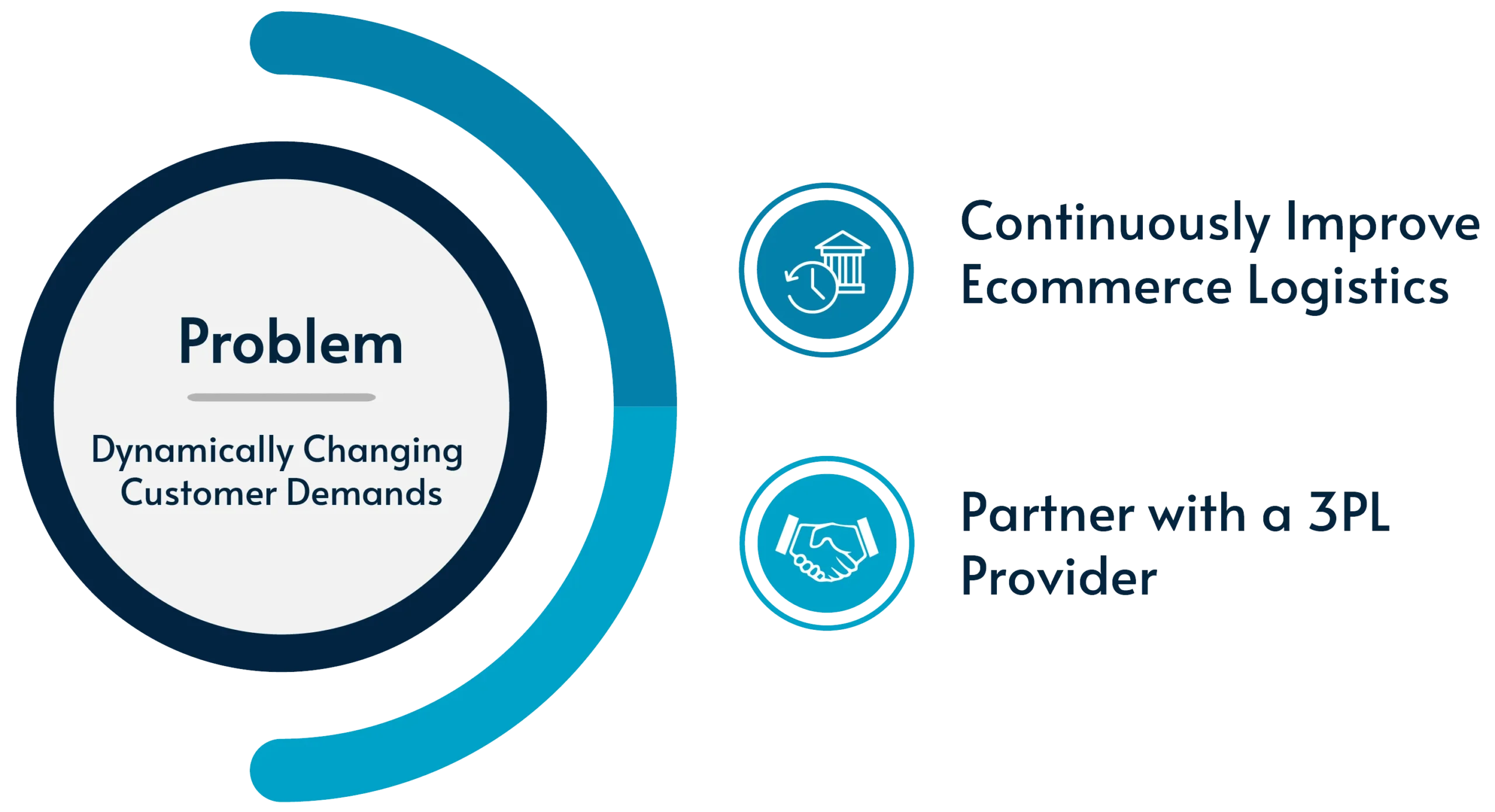
2. Impact Of Multi-Channel Shopping on E-Commerce Fulfillment:
One of the defining trends in e-commerce today is the trending multi-channel shopping. Customers are increasingly comfortable buying online, and they’re doing so across a wider variety of platforms than ever before. This includes brand websites, established e-commerce marketplaces, and even social media stores.
The scope of this multi-channel phenomenon is highlighted by a study: the average online retailer sold through just 4.3 channels five years ago. Today, that number has jumped to 5.4 channels, and it’s expected to reach a staggering 6.5 channels within the next five years.
To thrive in this evolving retail landscape, businesses need to master several key areas:
- Omnichannel Presence: Be present wherever your customers shop, ensuring they can find and purchase your products seamlessly across all channels.
- Consistent Fulfillment: Deliver a first-rate fulfillment experience, regardless of the channel a customer uses to buy.
- Streamlined Integrations: Automate the order fulfillment process for maximum efficiency by integrating with inventory management tools.
- Inventory Management: Maintain accurate inventory levels across all sales channels to avoid stockouts and customer disappointment.
The complexity of managing multi-channel fulfillment can be overwhelming for many businesses. This is where a 3P (Third-Party) partner like Prime Retail Solution can be invaluable. We can help you effectively manage order delivery across every channel you sell on, taking the burden off your shoulders and allowing you to focus on core business activities.
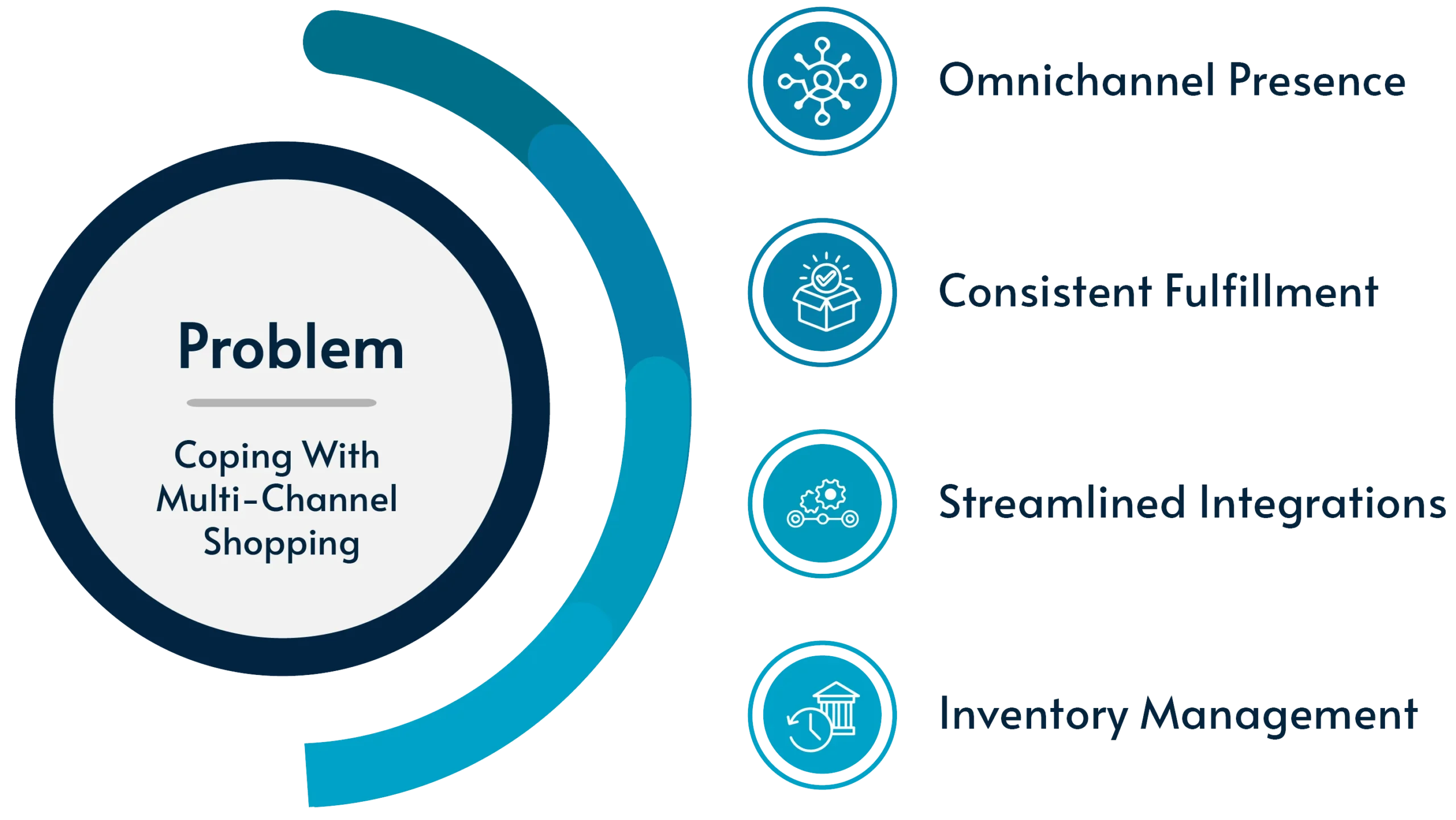
3. Emerging Trend Of Augmented and Virtual Reality in E-Commerce:
Artificial intelligence isn’t the only technology pushing boundaries in 2024. Virtual and augmented reality (AR/VR) significantly impacted e-commerce in 2023, and that trend is only accelerating. In the US alone, 40% of consumers already find AR helpful when shopping online, and 34% say it increases their likelihood of purchasing.
This aligns with a key theme in our 2024 predictions, as Greg Mercer emphasizes:
The companies that are able to utilize cutting-edge technologies the best will have a larger advantage over those who are not.
According to Scheschuk, AR adoption will expand, offering both new and familiar applications. “AR and VR will become more widespread,” he states, “allowing you to virtually simulate how new clothes or furniture would look in your space.” Equipping consumers with this level of personalized information creates a more compelling shopping experience, making it a wise investment for businesses to embrace AR technology now.
Here is what Amazon sellers could do to enhance their business with Augmented and Virtual Reality:
- Join Amazon Brand Registry: This Amazon program allows sellers to access features like 3D product images and AR experiences on the product pages.
- Highlight Functionality in 3D: Don’t just show products; demonstrate their value. AR can showcase furniture in a room, clothing on a person, or makeup application virtually.
- Target Mobile Users: Most AR experiences happen on mobile devices. Optimize your product listings and AR experiences for smartphones and tablets.
By embracing AR, Amazon brands and sellers can create a more engaging and informative shopping experience, leading to increased sales and customer satisfaction. Remember, early adoption gives you a significant advantage in this rapidly growing market.
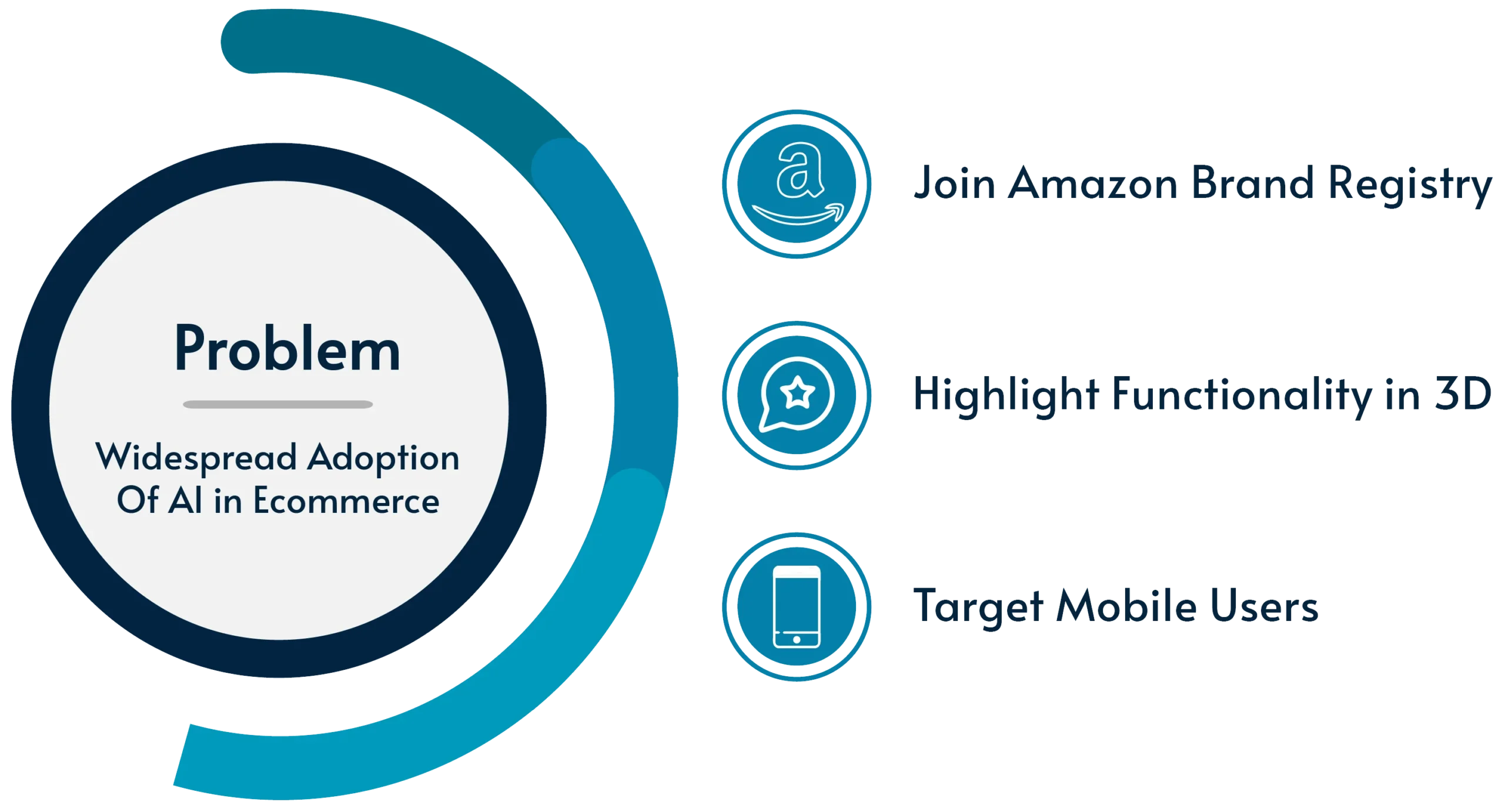
4. Role Of Order Fulfillment in Online Shoppers’ Purchasing Decisions:
- Delivery Speed and Cost = Customer Satisfaction:
Over 80% of e-commerce leaders recognize the profound influence of delivery speed and cost (along with clear communication) on customer purchasing decisions. A Forrester study delves deeper, revealing the significant impact of order fulfillment across various stages of the customer journey.
- Boost in Conversion Rates:
The study highlights the positive correlation between faster delivery and increased conversion rates. 82% of e-commerce leaders reported achieving higher conversions by offering expedited delivery options. Learn more about how sellers can leverage Amazon sponsored ads to boost conversion rates by improving their CTR.
- Attaining Customer Loyalty:
Effective order fulfillment doesn’t stop at conversion; it fosters customer loyalty. A recent research indicates that nearly 80% of e-commerce executives acknowledge the significant role order fulfillment and returns experiences play in a customer’s decision to repurchase. By consistently exceeding customer expectations with speedy, seamless delivery and returns, retailers can cultivate a loyal customer base.
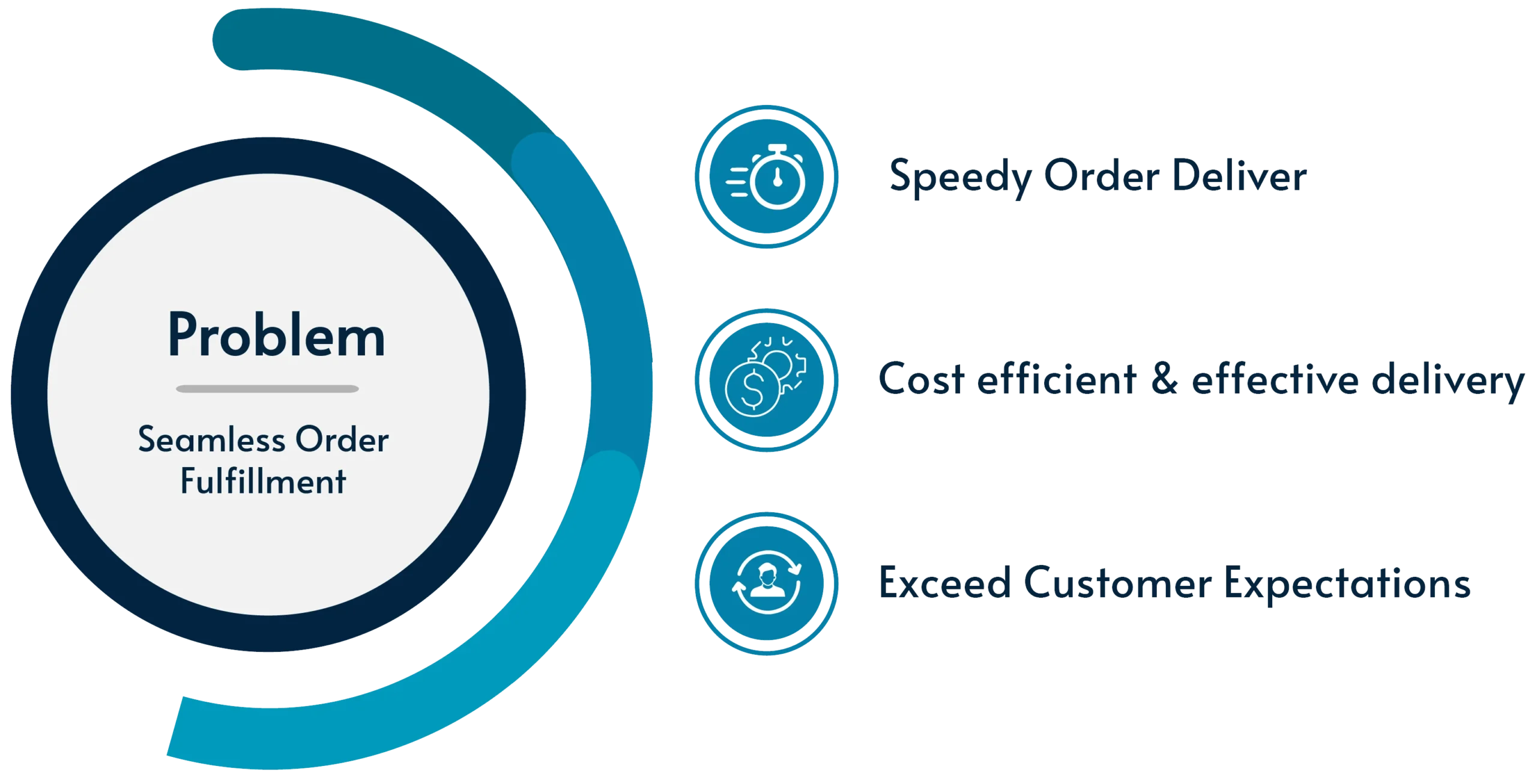
5. E-commerce Fulfillment: Challenges and the Path to Success:
While order fulfillment is the backbone of a seamless online shopping experience, many e-commerce businesses struggle to manage these crucial operations. This directly impacts customer satisfaction, loyalty, and ultimately, sales growth.
A recent Forrester study revealed key challenges faced by e-commerce businesses in order fulfillment:
- Missed Delivery Promises: 86% of orders are delivered on time, with 63% of retailers experiencing at least 10% of late deliveries. This gap between promises and reality creates customer frustration.
- Peak Season Strain: Busy periods like the holiday season, representing a significant portion of annual revenue, expose fulfillment weaknesses. 64% of businesses struggle to meet customer expectations for fast delivery during peak times. This highlights the need for additional storage and workforce capacity during these periods.
- Data Blind Spots: Effective data management is crucial for driving improvements. However, many online retailers lack the ability to collect, analyze, and utilize order fulfillment data. While 82% of e-commerce leaders recognize the value of data-driven insights for efficiency gains, only 50% track critical metrics like on-time delivery rates, order costs, and inventory turnover.
To overcome these challenges and achieve efficient order fulfillment, online retailers need a robust logistics network, strong systems and processes, and a skilled workforce. Since many businesses lack these resources internally, they increasingly turn to third-party logistics (3PL) providers for expertise and support.
6. E-commerce Fulfillment Revolution: 3PLs and Cutting-Edge Technologies:
The landscape of e-commerce fulfillment is undergoing a dramatic transformation. Many online retailers are recognizing that fulfilling orders isn’t their core strength. Optimizing the click-to-delivery process and consistently meeting ever-rising customer expectations requires significant investment in capital, time, and expertise.
This realization is driving a surge in outsourcing. According to a recent Penske Third-Party Logistics study conducted in 2024, a resounding 95% of shippers report successful collaborations with 3PL providers. This success is multifaceted, with 89% crediting 3PLs for improved service and 80% acknowledging their role in reducing logistics costs.
Why the Shift to 3PLs?
- Measurable Business Benefits: Businesses leveraging 3PL fulfillment experience significant advantages. These include a 29% improvement in on-time deliveries and pick-to-ship times, a 28% reduction in cost per order, and an average delivery time decrease of nearly a day. Importantly, partnering with “high maturity” 3PLs, as the study terms them, yields even greater improvements.
- Focus on Core Strengths: 79% of e-commerce leaders report that outsourcing frees up valuable time, allowing them to concentrate on core areas of expertise.
- Access to Cutting-Edge Technologies: According to the study, 82% of e-commerce leaders believe advancements in fulfillment using AI and robotics will significantly enhance customer service. This is a key driver for outsourcing, as many 3PL providers are at the forefront of these innovations.
- Scalability for Growth: The ability to scale operations across new channels, markets, or product lines is another crucial factor for e-commerce leaders considering outsourcing. A 3PL provider’s extensive network and expertise empower businesses to handle the increased supply chain complexity that comes with growth.
Conclusion:
Ecommerce fulfillment is rapidly becoming a make-or-break factor for online success. Customers demand ever-faster deliveries, and managing multi-channel sales adds complexity. Emerging technologies like AR can further enhance the shopping experience, but require expertise to implement.
Prime Retail Solution can help you navigate these challenges. As a leading e-commerce growth partner, we offer a comprehensive suite of services designed to optimize your fulfillment operations and boost customer satisfaction.
Share
